7 Ecommerce Design Trends in 2024
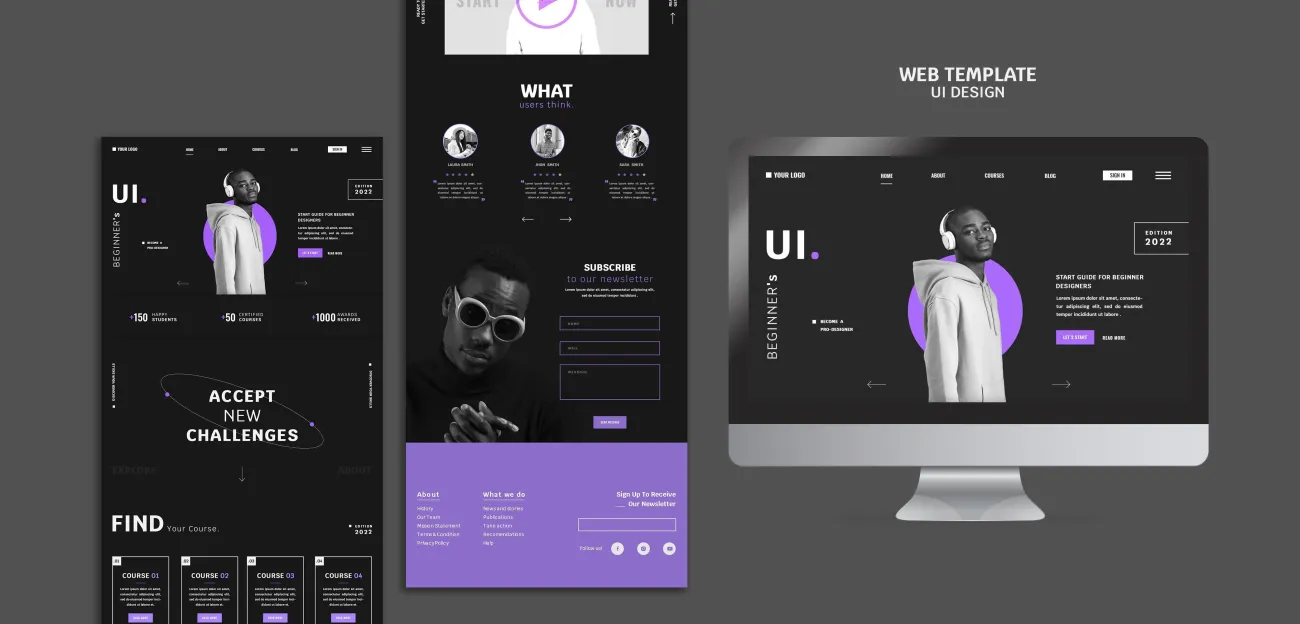
Several strides have been made by ecommerce websites in the last ten years. Due to technological advancements and a change in buyer behavior, ecommerce web designs have changed considerably so as to enhance customers’ shopping experience through more captivating and better-optimized designs. In the world of online business at present, it is important for every firm to have a well-designed and user-friendly ecommerce website, as this can act as an edge over competitors.
In this article, we will explore some of the major trends in ecommerce website designing that could define online stores and retail into the future. These trends will enable e-commerce enterprises develop websites which can attract and keep users going forward 2024.
Mobile Optimized Design
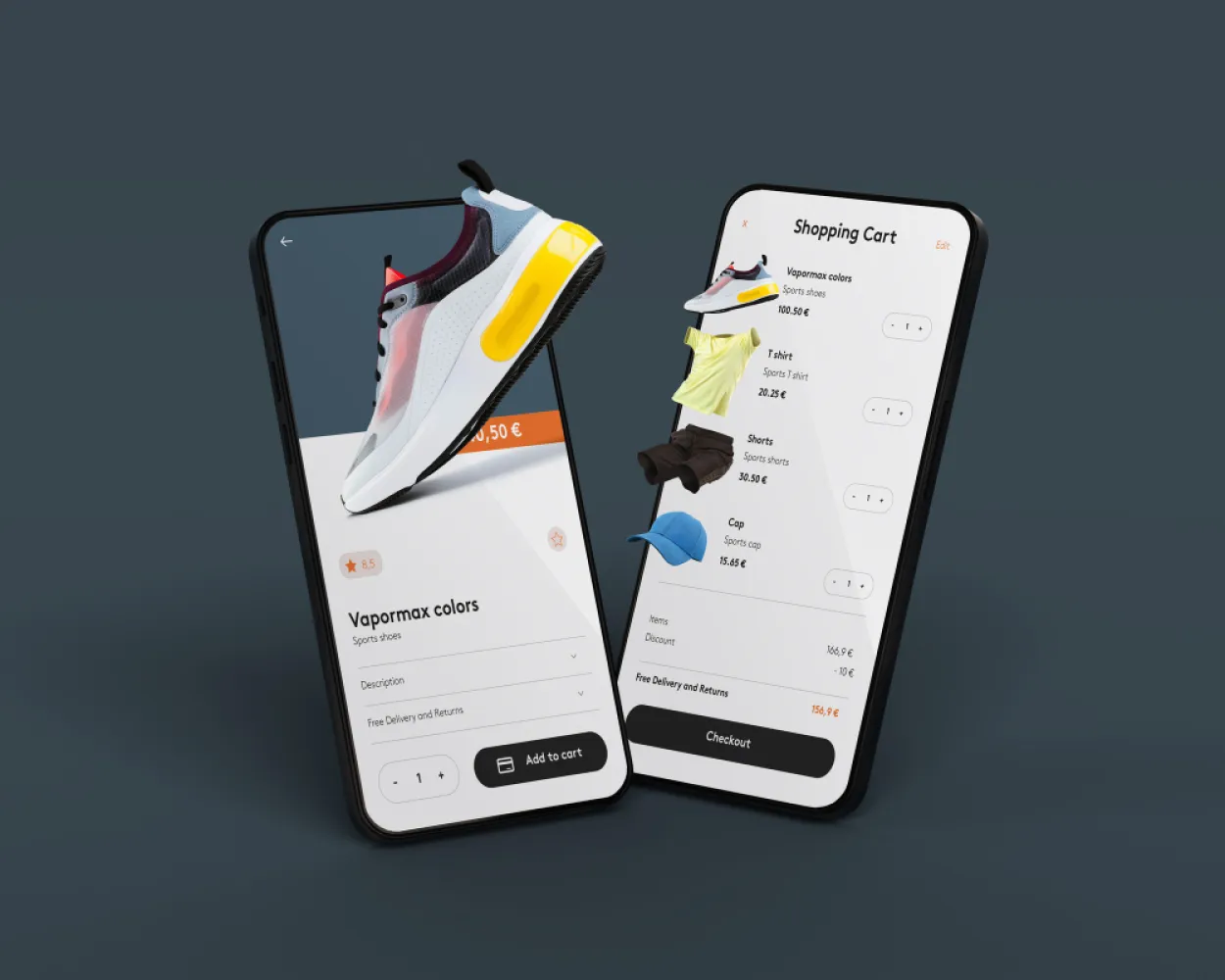
One of the most important web design trends is optimizing for mobile. With smartphones being the preferred means of internet access for most people today, e-commerce websites must be designed for smaller screens and touch interactions.
According to recent surveys, more than 60% of online shopping takes place on mobile devices. Hence, having a responsive, mobile-friendly design is no longer an option but a necessity for online businesses. Ecommerce websites optimized for mobile load faster, are easier to navigate and convert better on mobile devices.
Elements like large fonts, minimal scrolling, clear CTAs and convenient checkout process make mobile shopping more seamless. Smartphones also allow leveraging features like location services, QR codes and Apple Pay to further enhance the mobile shopping experience.
As mobile continues to dominate the online retail space, optimizing ecommerce websites for mobile will be key for retailers to engage this growing user base.
AI and Personalization Design
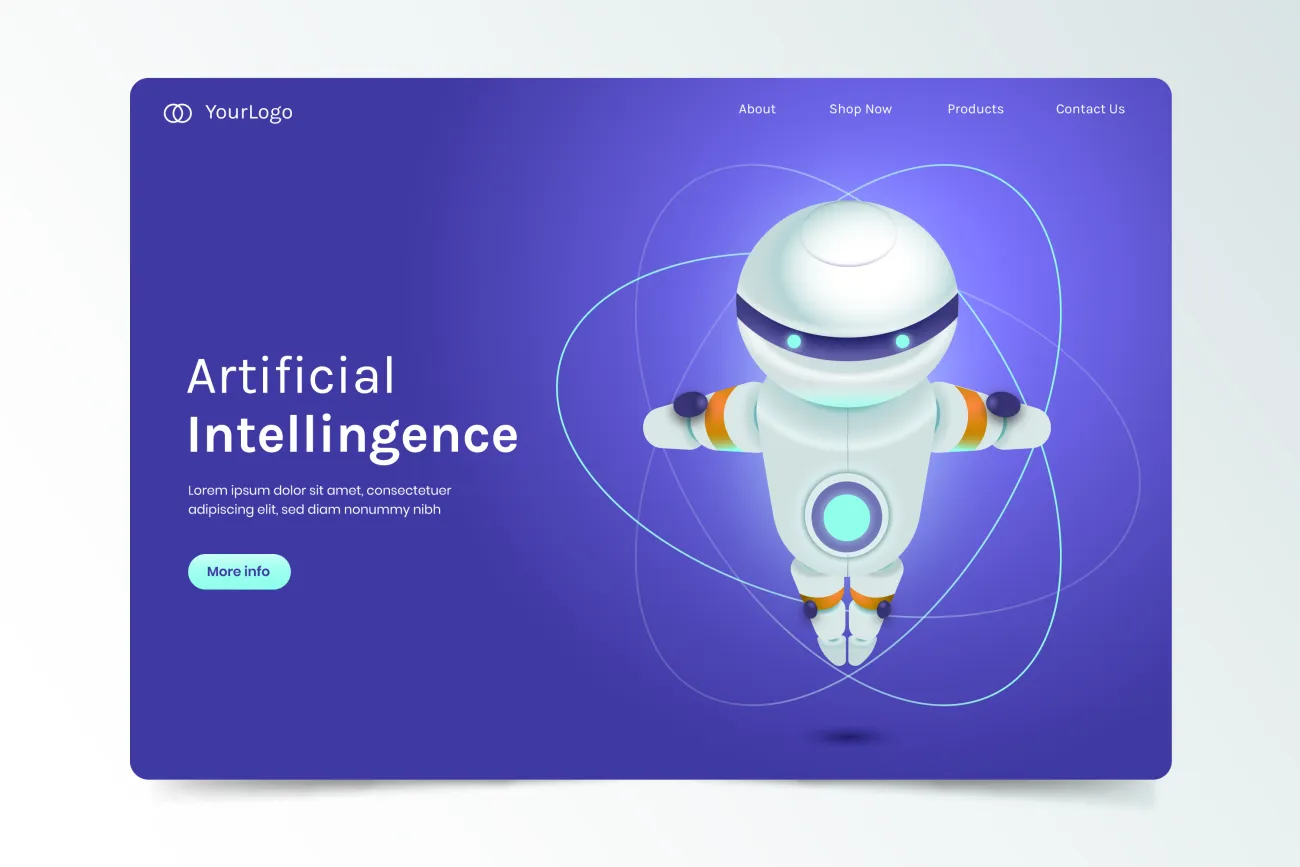
Incorporating AI and personalization features is one of the emerging ecommerce web designs trend. With data and AI capabilities, ecommerce websites can curate personalized shopping experiences and product recommendations for each customer.
For instance, using the search and browsing history of logged in users, ecommerce sites can recommend relevant products on category or product pages. Personalized on-site messaging and push notifications based on individual interests and behavior also helps drive engagement.
AI-powered chatbots that understand natural language queries can deliver swift customer support at scale. Virtual try-on tools backed by AR/VR allow customers to virtually try clothes, makeup and accessories before buying.
Such personalized experiences make shopping more relevant and enjoyable for customers. In turn, this builds loyalty and increases sales conversions for ecommerce businesses.
Minimalist Design
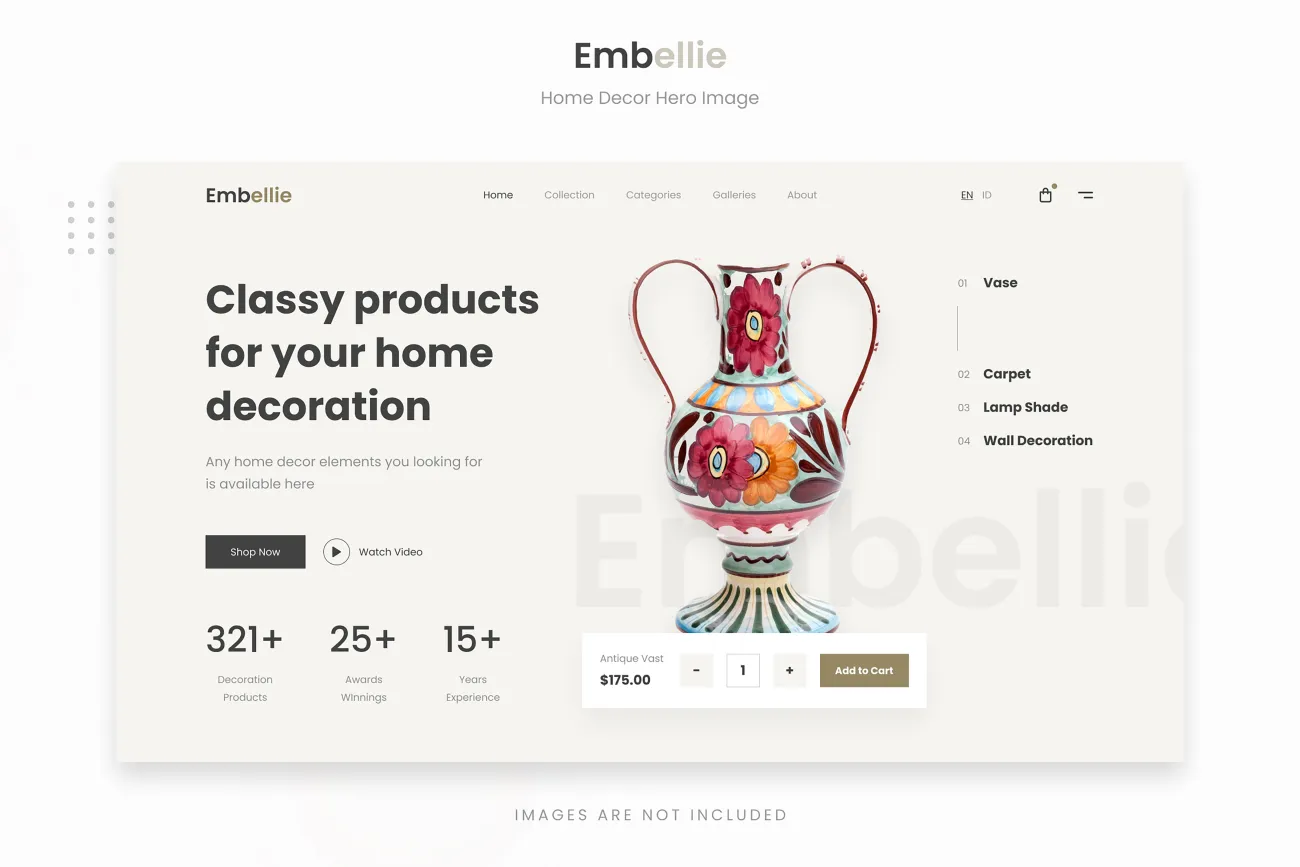
Minimalist web design with ample white space, clean layouts, and simple navigation is growing popular for ecommerce websites. Unlike cluttered websites, minimalist design presents products and offers clearly to customers. For it, you will need custom software solutions.
Removal of visual distractions allows users to better focus on products. Key elements like high-resolution product images, descriptions, pricing and calls-to-action get higher visibility. Generous use of negative space reduces cognitive load.
Minimalism also allows creating dedicated zones for promotions, trust symbols and other conversion-driving elements without making the page look chaotic. With minimalist ecommerce website designing, ecommerce websites feel more premium, uncluttered and easier to shop.
Immersive Storytelling Design
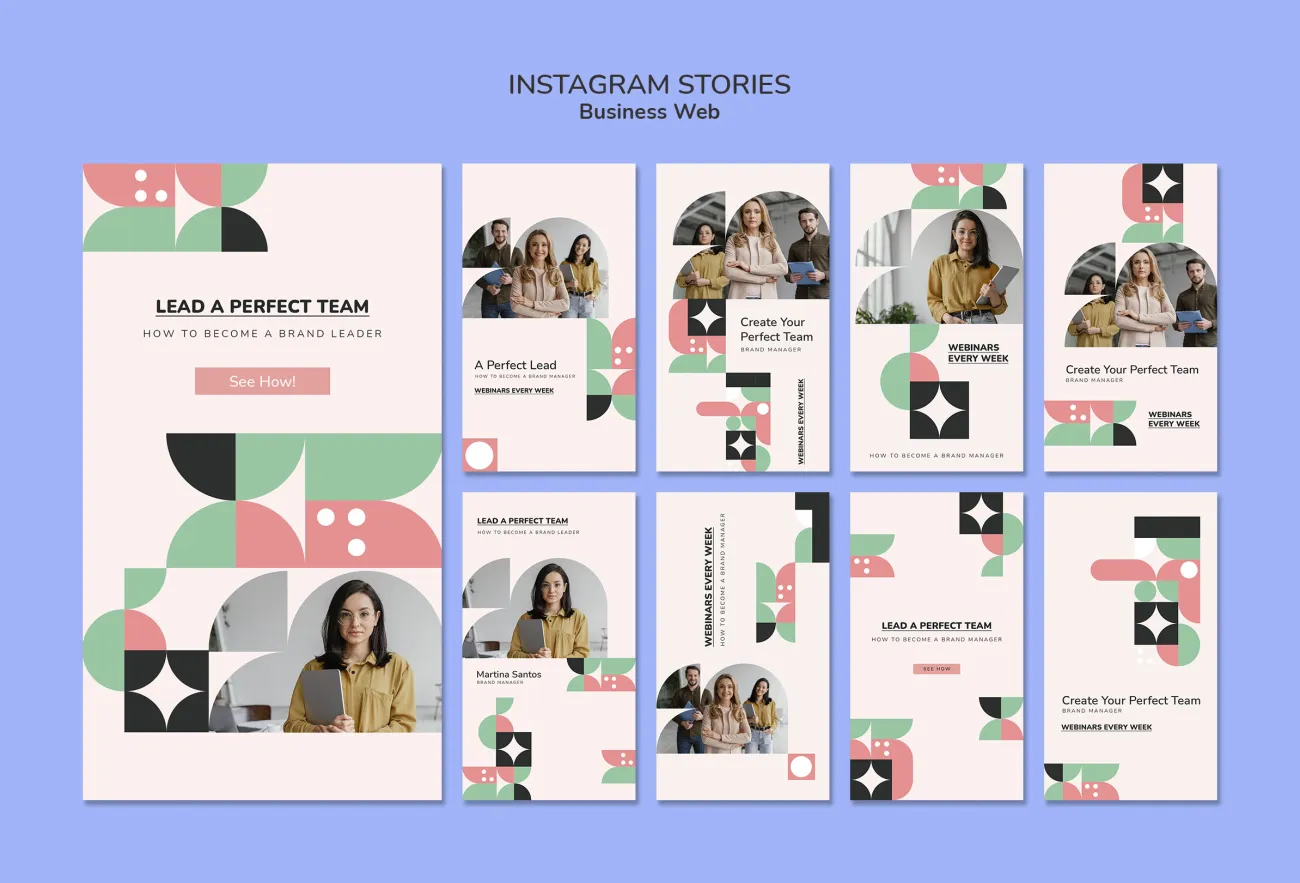
Leading 2024 website design trends are using immersive storytelling and interactive content to engage customers. Instead of plain product descriptions, ecommerce sites are incorporating rich stories around their brand and products.
Engaging product descriptions, detailed information on sourcing and manufacturing, compelling visuals and interactive elements help in storytelling. Customers get a deeper understanding of the brand values and connect at an emotional level.
Some sites also leverage tools like Shopify’s 3D model viewer that allows photorealistic 3D viewing of products from different angles. Such immersive experiences evoke greater enthusiasm in customers.
Speed-Focused Design
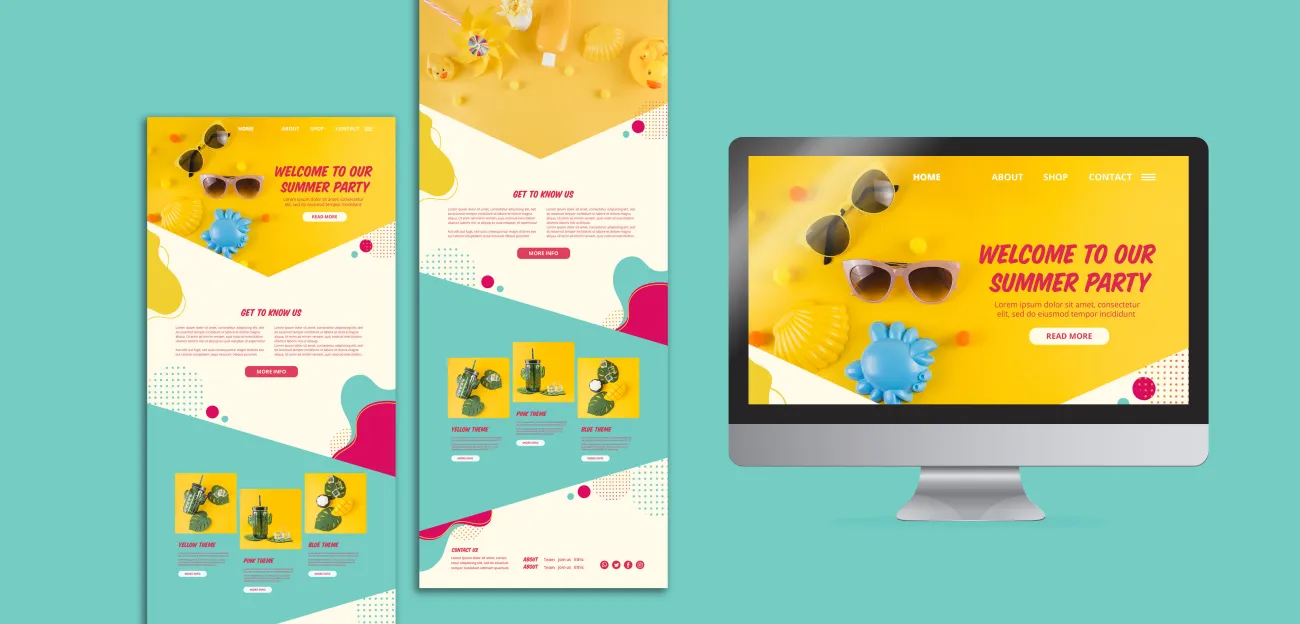
With shrinking attention spans, site speed is becoming critical for ecommerce businesses. Research shows that 47% of users expect web pages to load in 2 seconds or less. For ecommerce, even minor delays in page loads can cause customers to abandon their shopping carts.
To enhance site speed, ecommerce websites are minimizing HTTP requests, enabling browser caching, lazy loading images, optimizing code, and upgrading to faster web hosting infrastructure. Accelerated mobile pages (AMP) also boost speed on mobile devices.
Faster sites deliver superior user experience, higher conversions, and lower bounce rates. With speed being a key factor impacting revenues, ecommerce businesses are continuously optimizing website performance. UX design services can help you get a speed-focused design.
Visual Search Design
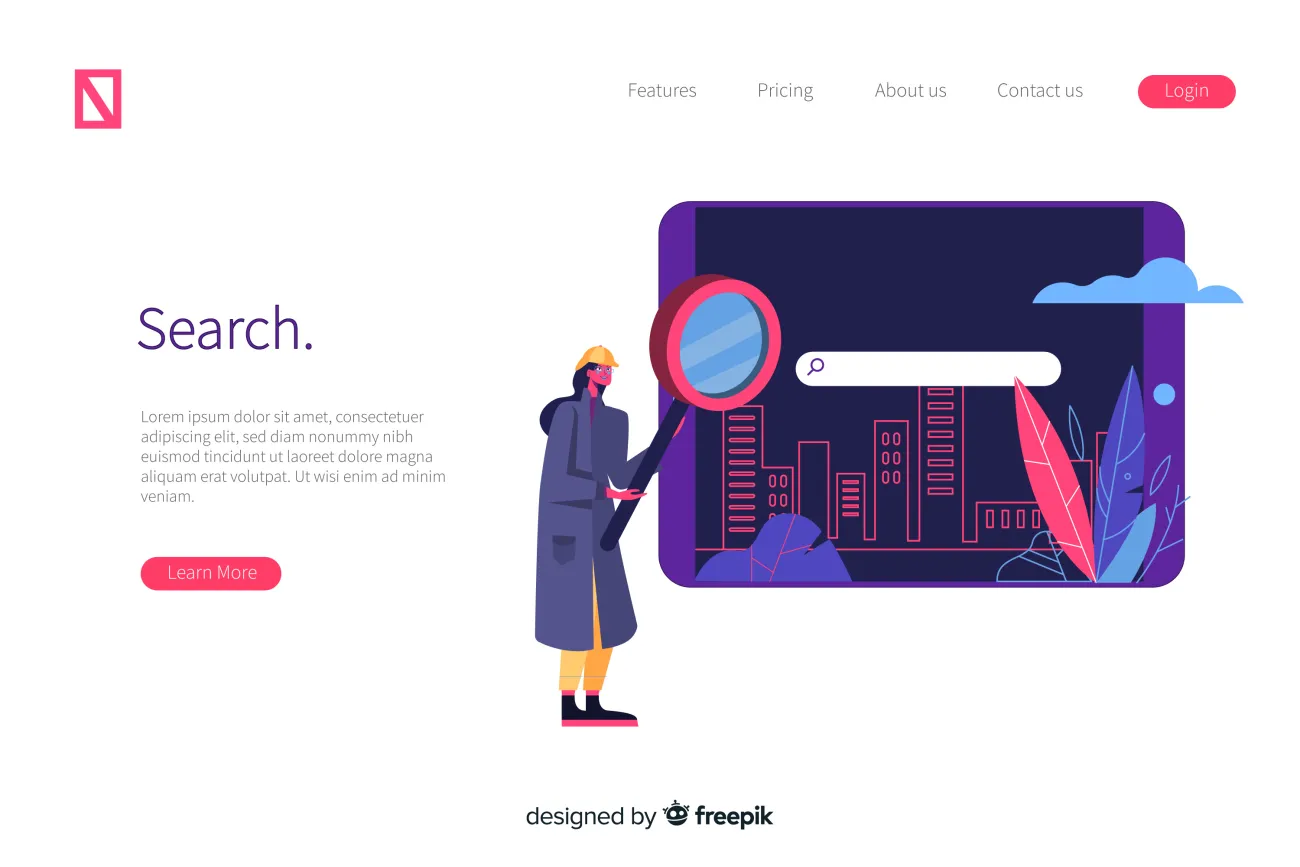
Visual search is beginning to revolutionize online product discovery and shopping. Instead of typing keywords, customers can simply click or upload a product image to find similar items on an ecommerce website.
Powered by computer vision and machine learning, visual search enhances product searchability. It is one of the best ecommerce designs. Customers get better and faster results when searching for products like clothes, accessories and furniture by using images instead of text queries.
Visual search also helps customers articulate their needs better. This results in more relevant search results and a more satisfying shopping experience. Leading ecommerce players like Amazon, Target, and IKEA are already leveraging visual search in innovative ways.
Sustainability Messaging Design
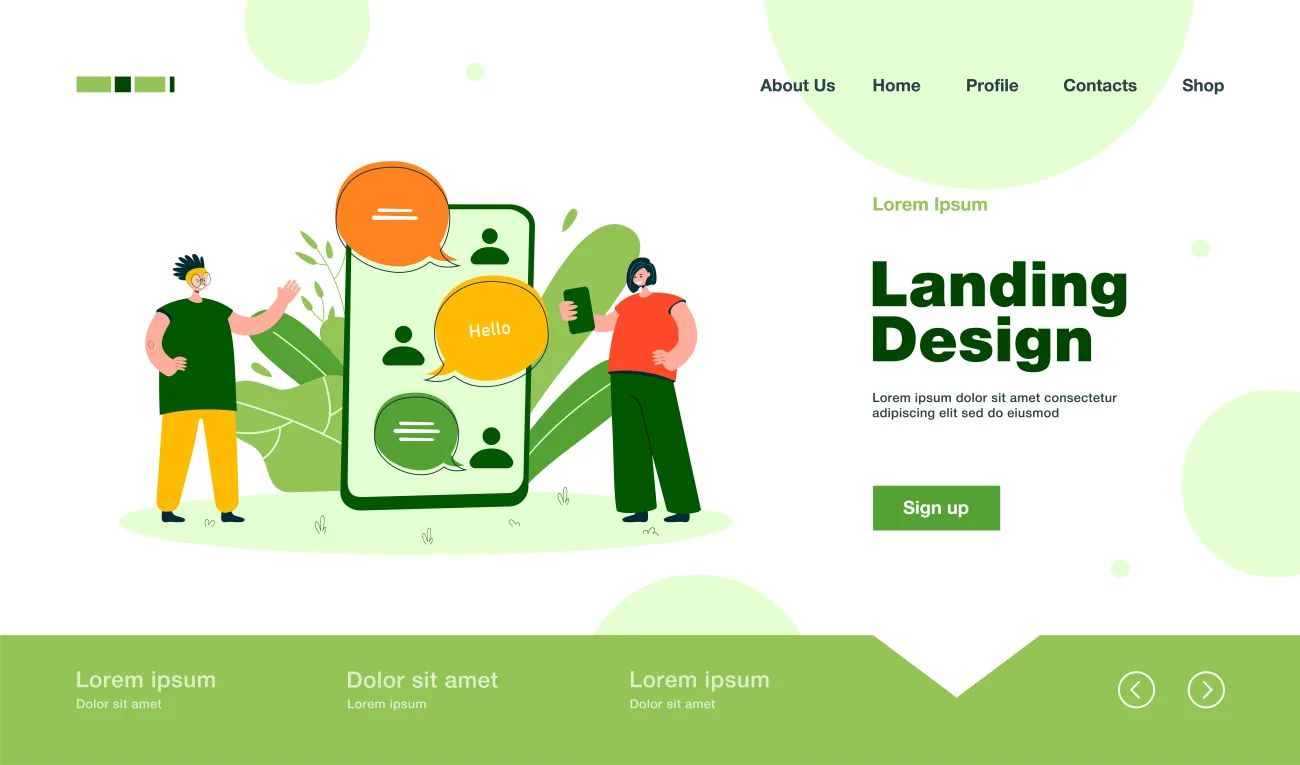
With rising environmental consciousness among today's consumers, ecommerce brands need to effectively communicate their sustainability practices through their website designs.
From showcasing eco-friendly materials used to low carbon shipping options, websites need to highlight green credentials prominently across relevant pages. This helps in building trust and preference among customers who care about sustainability.
Simple messaging, eco labels on product pages and dedicated sustainability sections are some best practices to highlight the environmental impact. As sustainability becomes a key brand differentiator, ecommerce websites need to clearly reflect the brand's commitment through design.
Conclusion
Effective ecommerce website design is a reflection of the current trends and preferences of the consumers. Ecommerce experiences are being reshaped by such trends as mobile optimization, personalization, minimalism and visual search.
By capitalizing on these trends and innovative technologies, ecommerce businesses can create personalized shopping journeys that resonate with contemporary customers. The outcome is increased conversions, engagement rates and revenue growth. With the ever-changing ecommerce landscape, it will be important for online retailers to be aware of these top website design trends so as to remain competitive in their business operations.